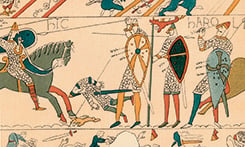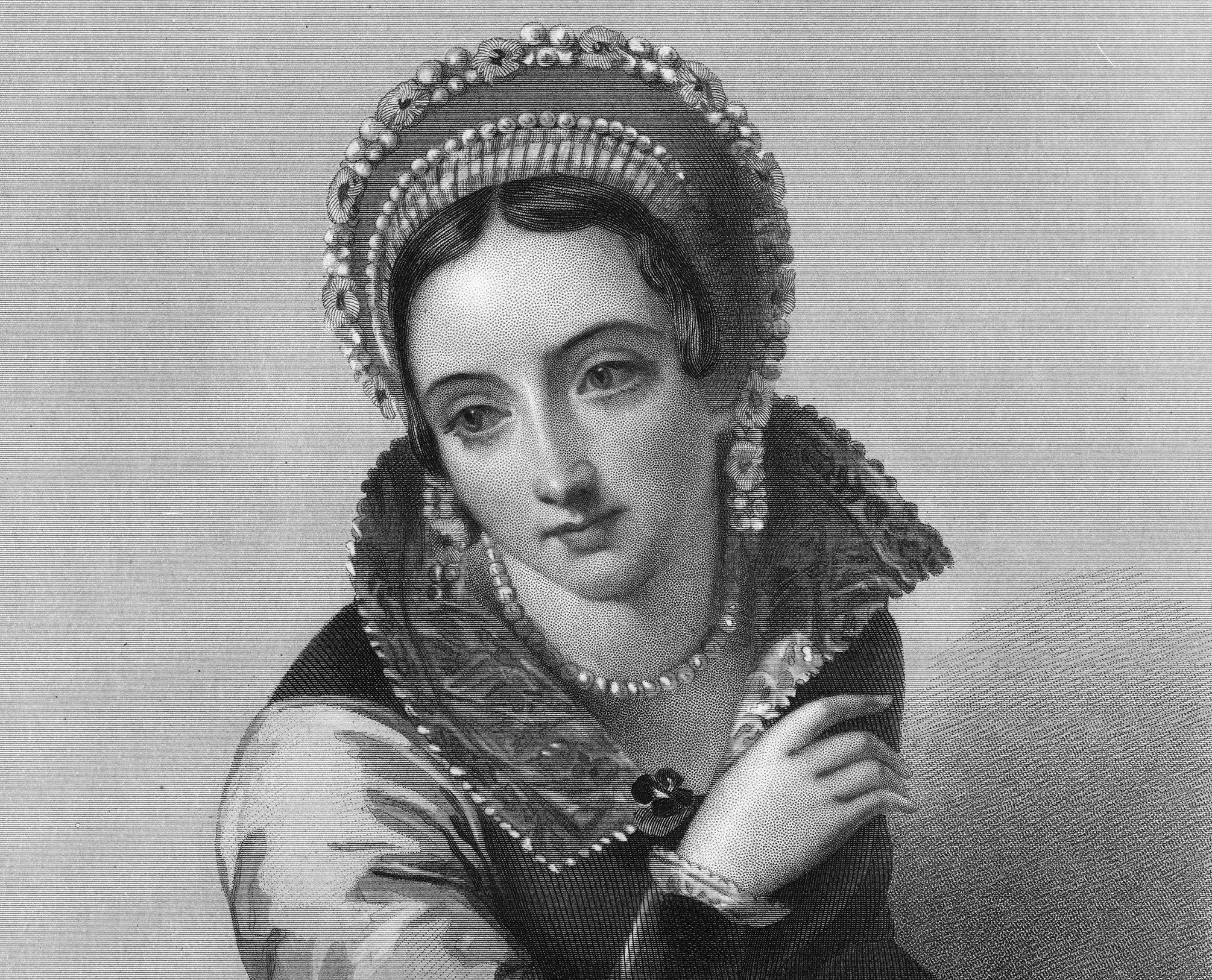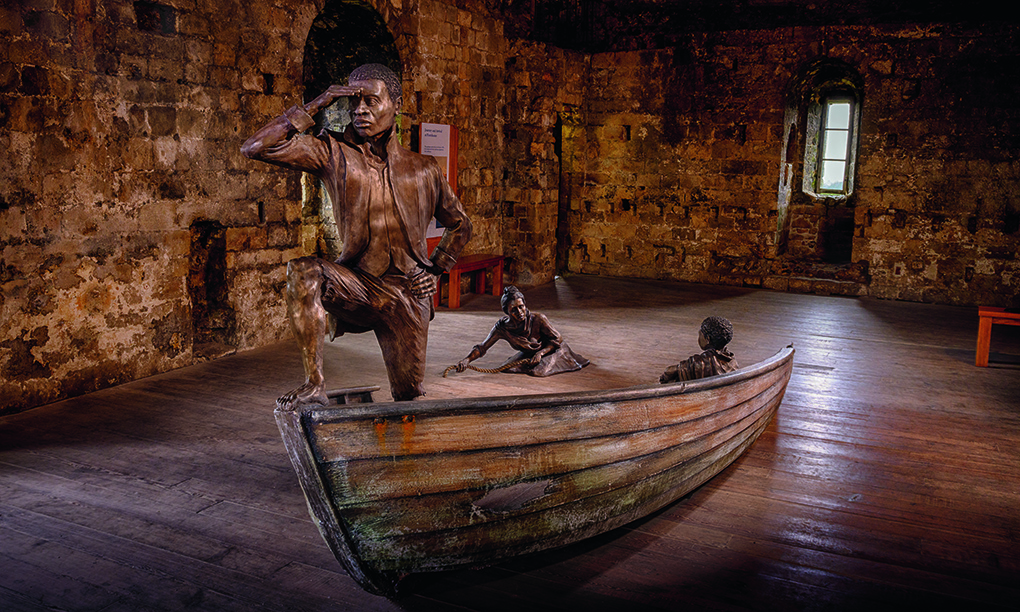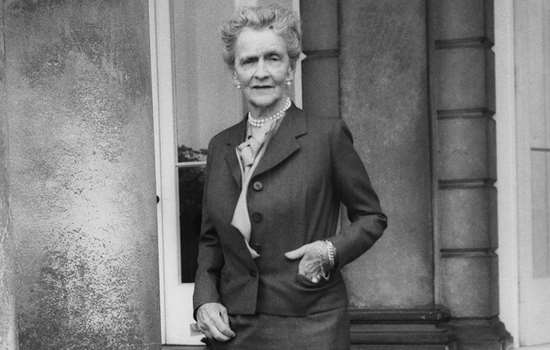
20 Questions Quiz
Test your knowledge of English history with our 20 questions quiz
-
1 According to the Carmen de Hastingae Proelio (Song of the Battle of Hastings), who struck the first blow in this fight for the English throne?
Answer: Ivo Taillefer, who was William of Normandy’s minstrel
One source claims that a Saxon soldier broke ranks from the shield wall while Taillefer was singing and juggling with his sword, so Taillefer (whose name means 'hewer of iron') killed him.

-
2 Scarborough was attacked by German warships in December 1914. This was the first occasion of what?
Answer: It was the first time that civilians had been targeted on English soil during the First World War.
Three ships surprised the undefended town on the morning of 16 December 1914 and began shelling it. During the attack, the tower and walls of Scarborough Castle were damaged and a barracks destroyed beyond repair. 19 people died during the bombardment, with over 80 seriously injured. There were also attacks on the same day on Hartlepool and Whitby.

-
3 ‘Capability’ Brown had a tremendous effect on the gardens of England. Which of English Heritage’s great house estates did he transform in 1764?
Answer: Audley End House and Gardens.
Audley End’s owner Sir John Griffin Griffin commissioned Brown to work on the gardens, including creating new driveways, lawns and widening the river to give the appearance of a linear lake. The partnership did not go well, however: delays and overspend on the project led to a frosty correspondence between the two, with Griffin accusing Brown of making the river bend the wrong way. Brown also worked on the gardens of Wrest Park and Appuldurcombe House.

-
4 Which pioneering industrial monument cost £6,000 and was opened on New Year’s Day in 1781?
Answer: The Iron Bridge
Designed by Thomas Farnolls Pritchard and with the build overseen by Abraham Darby III, the world’s first public iron bridge has a single span of 30 metres and used 378 tons of iron. While it was in use from 1779, it was formally opened in 1781 with traffic being allowed across in 1801.
-
5 Which medieval queen of England was imprisoned at Pevensey Castle in 1416 by her stepson?
Answer: Joan of Navarre
Born in Brittany, Joan became queen after marrying Henry IV in 1402, becoming stepmother to his six children. It was an affectionate partnership, and he gave her a huge annual dowry of 10,000 marks. After his death in 1413, Joan chose to stay in England rather than returning to Brittany. But England and France were in the middle of the Hundred Years War, and Henry V decided Joan’s dowry could be better spent on martial purposes.
So when Joan was accused by a priest of in 1419 plotting to kill the king through witchcraft, it gave him a convenient excuse to imprison her, confiscate her property and cut her dowry. She was imprisoned for three months at Pevensey before being moved to Leeds Castle, where she spent nearly three years. Henry V died in 1422 and before his death he ordered Joan to be released and for her property to be restored.
Give yourself half a point if you answered Eleanor, duchess of Gloucester. She was likewise accused of witchcraft, and was imprisoned in three sheds next to the Jewel Tower in the 1440s.

-
6 In which year was the Synod of Whitby, a landmark event in the history of Christianity in England? A) 664, B) 634, C) 675
Answer: A
The effects of the Synod are still felt today – one of the items decided there was the date on which Easter falls. The other, which was the appropriate length of monks’ tonsures, is perhaps not so long lasting.
-
7 Which monastic site in Cumbria has a chapel dedicated to English patron saint St George?
Answer: Lanercost Priory
The tomb of Sir Thomas, Lord Dacre, is decorated with insignia of the Knights of the Garter, whose patron is St George. Thomas had an important role in the English victory at Flodden in 1513 and later died on campaign in Scotland on 24 October 1525.

-
8 Which Northumberland castle is the setting for several scenes of William Shakespeare’s play Henry IV?
Answer: Warkworth Castle
The castle is the stronghold of the Percy family, and Shakespeare evocatively describes it as 'this worm-eaten hold of ragged stone'.
-
9 Down House in Kent was where Charles Darwin wrote his pioneering book On the Origin of Species. For how many years did he live in the property?
Answer: 40 years
The Darwins moved in with their young family in September 1842. Over the next few years, Darwin expanded the house with a service wing that included a schoolroom and an extra bedroom, plus two extensions to the original house. He died at Down House in 1882.

-
10 Which plant from Osborne has been used in royal wedding bouquets for more than 150 years?
Answer: Myrtle
Myrtle has been grown at Osborne since the 1830s. It’s a German tradition to put myrtle in a wedding bouquet, to symbolise the innocence of the bride, so a sprig from the Osborne plant was put in the bouquet of Queen Victoria’s daughter, Princess Victoria, for her wedding in 1858. This continued with Victoria’s other children, and Osborne myrtle featured in the bridal bouquets of Queen Elizabeth II, Princess Diana, the Duchess of Cambridge and the Duchess of Sussex.
-
11 Which English meteorologist is commemorated with a blue plaque in Tottenham as a ‘namer of clouds’?
Answer: Luke Howard
Howard was a chemist by trade and amateur meteorologist. He comprehensively studied the weather in London from 1801 to 1841, and in 1802 proposed a system of naming clouds to the Askesian Society. This nomenclature, which includes cumulus, cirrus and stratus, is still used today.
-
12 Which future king of England spent a large part of his childhood at Eltham Palace?
Answer: Henry VIII.
He was also the last monarch to spend any significant time there, or to put any investment into the palace – he added new royal lodgings, a tiltyard and a chapel.
-
13 The Duke of Wellington popularised a new form of boot. At which two properties can you see examples of original Wellington boots?
Answer: Walmer Castle and Gardens, and Apsley House
Wellington asked his shoemaker George Hoby to create a boot that could be worn with newly fashionable tight breeches. Hoby modified the calfskin ‘Hessian’ style boot worn by British Army officers by removing the tassel and cutting them lower – and the Wellington boot was born. Due to the Duke’s victory at Waterloo, his style was quickly copied. The first pair of rubber Wellington boots was actually made four years after the Duke’s death, in 1856, but was still named after him due to his enduring popularity.
-
14 The Cenotaph is the main national memorial to those who died in the First World War and subsequent conflicts. Who designed it?
Answer: Sir Edwin Lutyens
The name of the Cenotaph comes from the Greek for ‘empty tomb’, and the design features a closed tomb surmounted with a laurel wreath. The current stone Cenotaph is actually the second memorial on the site: Lutyens originally designed a temporary memorial made out of wood and painted canvas for the London Peace Celebrations of 1919. This proved so popular with the public that the second, permanent Cenotaph was erected in time for Armistice Day in 1920.

-
15 Answers
Answers: Pendennis Castle, Yarmouth Castle and Deal Castle
Henry VIII built 30 of these coastal forts between 1539 and 1547 to protect the southern and eastern coasts of England from French and Spanish attack. We care for nearly all of the surviving forts, which also include St Mawes Castle, Portland Castle and Walmer Castle and Gardens.
-
16 Which English literary heroine falls asleep at Stonehenge?
Answer: Tess Durbeyfield from Thomas Hardy’s novel Tess of the D’Urbervilles.
After Tess and Angel Clare go on the run after she murders Alec D’Urberville, they spend the night at Stonehenge. It’s here that Tess is arrested and accepts her fate.
-
17 Netflix series The Crown charts the reign of Elizabeth II. Which two properties have been used as locations for filming?
Answer: Audley End House and Gardens, and Eltham Palace.
The interiors of Audley End appeared in series one and three – the young princesses are tutored in the Great Hall, and Philip and Elizabeth also stroll around it in a scene discussing Princess Margaret. The library also stood in for Eton College, and the old nursery was the set for Elizabeth and Margaret’s childhood bedrooms. Eltham Palace has been used for several scenes, doubling up as the Queen’s quarters of the Royal Yacht Britannia, the Bermuda Government House and the HMSS Queen Mary.

-
18 Which 17th-century writer, who was also the first woman to attend a meeting of the Royal Society, had the (inaccurate) nickname ‘Mad Madge’?
Answer: Margaret Cavendish
The wife of William Cavendish, Marquess of Newcastle, Margaret started to write philosophical books in the 1660s, which anticipated some later arguments made about gender studies, religion and natural and political philosophy. She also wrote plays, poetry, essays and criticism, and even proto-science fiction. Margaret helped William run his estates, which included Bolsover Castle.
-
19 In 1796, more than 2,000 black French prisoners of war were imprisoned at Portchester Castle during the French Revolutionary Wars between Britain and France. From which Caribbean island did they come?
Answer: St Lucia
In May 1796 a French garrison on St Lucia surrendered to British forces. Made up of mostly local black soldiers, plus some European French soldiers, women and children, all of them were shipped to Britain as prisoners of war. Many of the black prisoners ended up at Portchester Castle but were then moved to prison ships moored in Portchester Lake. After a year of captivity, they were eventually exchanged for captured British soldiers and sent back to France.

-
20 York Cold War Bunker was built to monitor nuclear explosions and fallout in Yorkshire during the Cold War. In which year was the bunker officially decommissioned? A) 1985, B) 1977, C) 1991
Answer: C
Built in 1961 and one of about 30 Cold War bunkers across the country, this was the control centre and regional headquarters for the Royal Observer Corps No 20 group. In the case of nuclear attack, members would have tracked explosions and fallout in order to warn the public. York Cold War Bunker was in official use until 1991, and is the only one of the country’s bunkers that’s still in operational condition.



